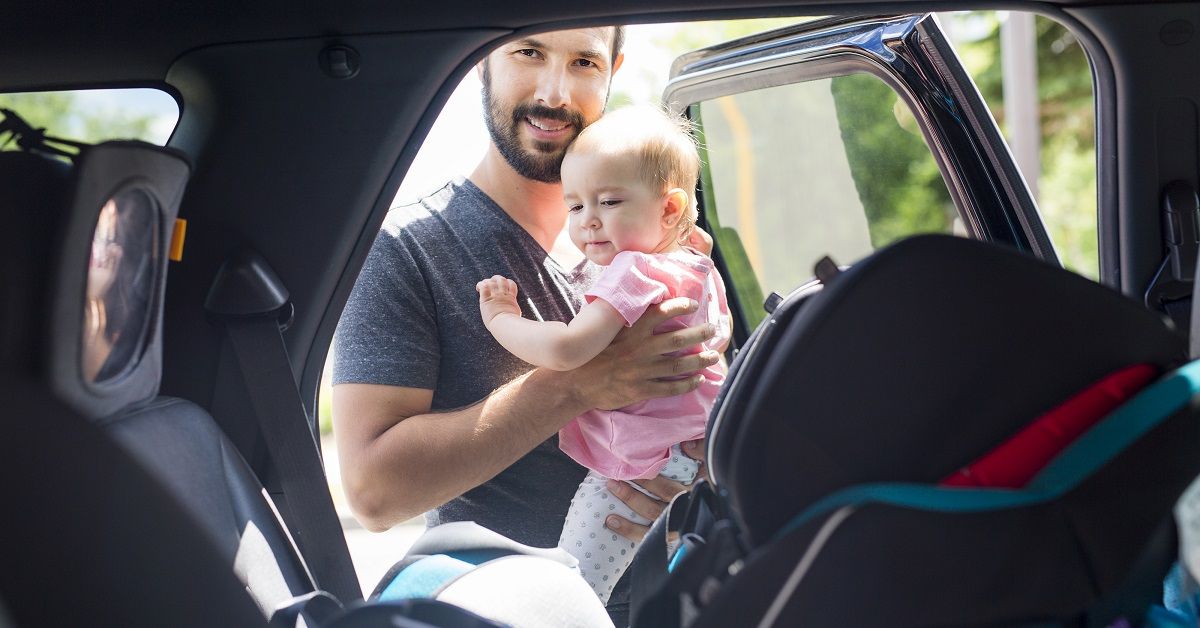
Anyone can suffer serious injuries in a car wreck. However, the individuals who are perhaps most at risk in an accident are young children.
For all of us at Patrick Daniel Law, child safety is a major concern. To commemorate this year’s Child Passenger Safety Week, we offer the following tips for keeping your child safe while you’re on the road.
If you or your child was tragically injured in a car accident, our lawyers are here to help. Please call (713) 999-6666 today for a free consultation.
Child car safety begins with using the right equipment. Your child’s height, weight, and age determine what kind of car seat they’ll need to ride safely.
The National Highway Traffic Safety Administration provides a free online tool where you can enter your child’s information and get recommendations for the right car seat.
Every car seat includes height and weight limits provided by the manufacturer. Use these as a guideline for how long your child should ride in the current car seat. There are four types of recommended safety equipment for children as they develop:
This is the first car seat you will use for your child. Generally, children will ride in this car seat until age 3, but they might move to a forward-facing car seat between 1 and 3 years of age if they outgrow the height or weight limits.
Rear-facing car seats provide the best protection for children in the event of a crash. It is best to keep your child in a rear-facing car seat until they outgrow it, rather than making the switch based on age alone.
Most children age up to a forward-facing car seat between 4 and 7 years old. Like the rear-facing seat, forward-facing car seats should be installed in the backseat of your vehicle. Make sure the harness is properly securely across your child’s shoulders, chest, and hips.
Once your child outgrows the forward-facing car seat, the next step up is the booster seat. Most kids start riding in booster seats between the ages of 8 and 12. The booster seat should raise your child to a height where the seat belt provides the proper restraint across the chest and waist.
Children typically begin wearing a seat belt without the aid of a special seat when they outgrow their booster seats or the seat belt fits them properly. Most kids can ride with just a seat belt by age 13 or earlier, but they should still ride in the backseat.
Although securing kids in the right car seat for their height and weight is key, it’s not the only important factor in keeping young passengers safe. Cautious, defensive driving is doubly important with kids in the car.
Whenever you are driving with a child passenger, keep the following safety tips in mind:
Leading by example is a big part of parenting. Just as you secure your child in the proper car seat, be sure to buckle your own seat belt whenever and wherever you drive.
Rear-end crashes are the most common type of car accident. Think of every vehicle as having a “Baby on Board” sticker in the back window, and allow enough room to brake if the car in front of you suddenly comes to a stop.
Excess speed is another leading factor in vehicle accidents. Remember that you are carrying precious cargo and don’t go too fast, even if you are late for school drop-off, a doctor’s appointment, etc.
It’s easy to lose your concentration on the road when you have one or more children in the car. In order to limit distractions, teach your kids that they need to stay still and quiet on car rides.
Of course, you should also avoid all of the other distractions that frequently result in car accidents, such as texting and driving, loud music, eating and drinking, and more.
Many children find it difficult to sit still for long periods of time, especially on long car rides. If you’re going farther than the places your usual errands take you, be sure to build time for breaks into the itinerary.
Giving children the opportunity to get out of the car and stretch their legs will help them stay on their best behavior. Taking breaks is also beneficial for parents, who are less likely to have their driving suffer because they feel rushed or become stressed.
Your child’s safety is your number one priority. As such, it is important for the family car to be as safe as possible.
Regularly check your tires and fluids and stay up to date on all scheduled maintenance. If you notice a problem with your vehicle, visit your mechanic as soon as possible. And, if you receive a recall notice related to your vehicle, be sure to follow the manufacturer’s recommendations for getting the defective part fixed.
If you and/or your child was injured in a car accident, Patrick Daniel Law is here to help. We believe that those who have been hurt through no fault of their own deserve to be compensated for their losses. Our lawyers are strategic, meticulous, and merciless in building your claim and pursuing recovery for you and your family.
Please call (713) 999-6666 today for a free review of your case. Patrick Daniel Law serves clients throughout the Houston area and all of Texas, as well as nationwide.
 Top Truck Accident Lawyer in Pasadena
Top Truck Accident Lawyer in Pasadena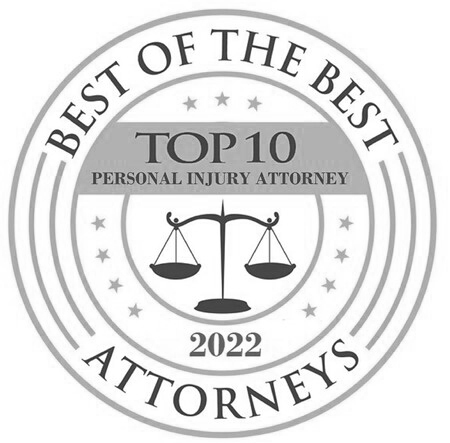 Best of The Best Attorneys
Best of The Best Attorneys Best of the Best Houston Chronicle 2021
Best of the Best Houston Chronicle 2021 Best Motorcycle Accident Lawyers in Houston 2021
Best Motorcycle Accident Lawyers in Houston 2021 American Association for Justice Member
American Association for Justice Member The National Trial Lawyers 2016 – (Top 40 under 40)
The National Trial Lawyers 2016 – (Top 40 under 40) Multi-Million Dollar Advocates Forum 2016 (Top Trial Lawyer)
Multi-Million Dollar Advocates Forum 2016 (Top Trial Lawyer) Million Dollar Advocates Forum 2019 (Top Trial Lawyer)
Million Dollar Advocates Forum 2019 (Top Trial Lawyer) America’s Top 100 Attorneys 2020 (High Stake Litigators)
America’s Top 100 Attorneys 2020 (High Stake Litigators) Lawyers of Distinction 2019, 2020 (Recognizing Excellence in Personal Injury)
Lawyers of Distinction 2019, 2020 (Recognizing Excellence in Personal Injury)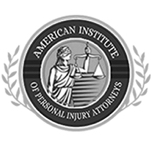 American Institute of Personal Injury Attorneys 2020 (Top 10 Best Attorneys – Client Satisfaction)
American Institute of Personal Injury Attorneys 2020 (Top 10 Best Attorneys – Client Satisfaction)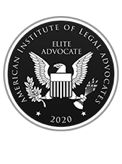 American Institute of Legal Advocates 2020 (Membership)
American Institute of Legal Advocates 2020 (Membership) Association of American Trial Lawyers 2018 - Top 100 Award recognizing excellence in personal injury law
Association of American Trial Lawyers 2018 - Top 100 Award recognizing excellence in personal injury law American Institute of Legal Professionals 2020 (Lawyer of the Year)
American Institute of Legal Professionals 2020 (Lawyer of the Year)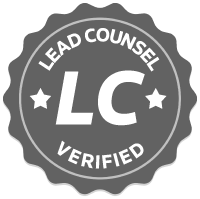 Lead Counsel Verified Personal Injury 2020
Lead Counsel Verified Personal Injury 2020 The Houston Business Journal 2021
The Houston Business Journal 2021